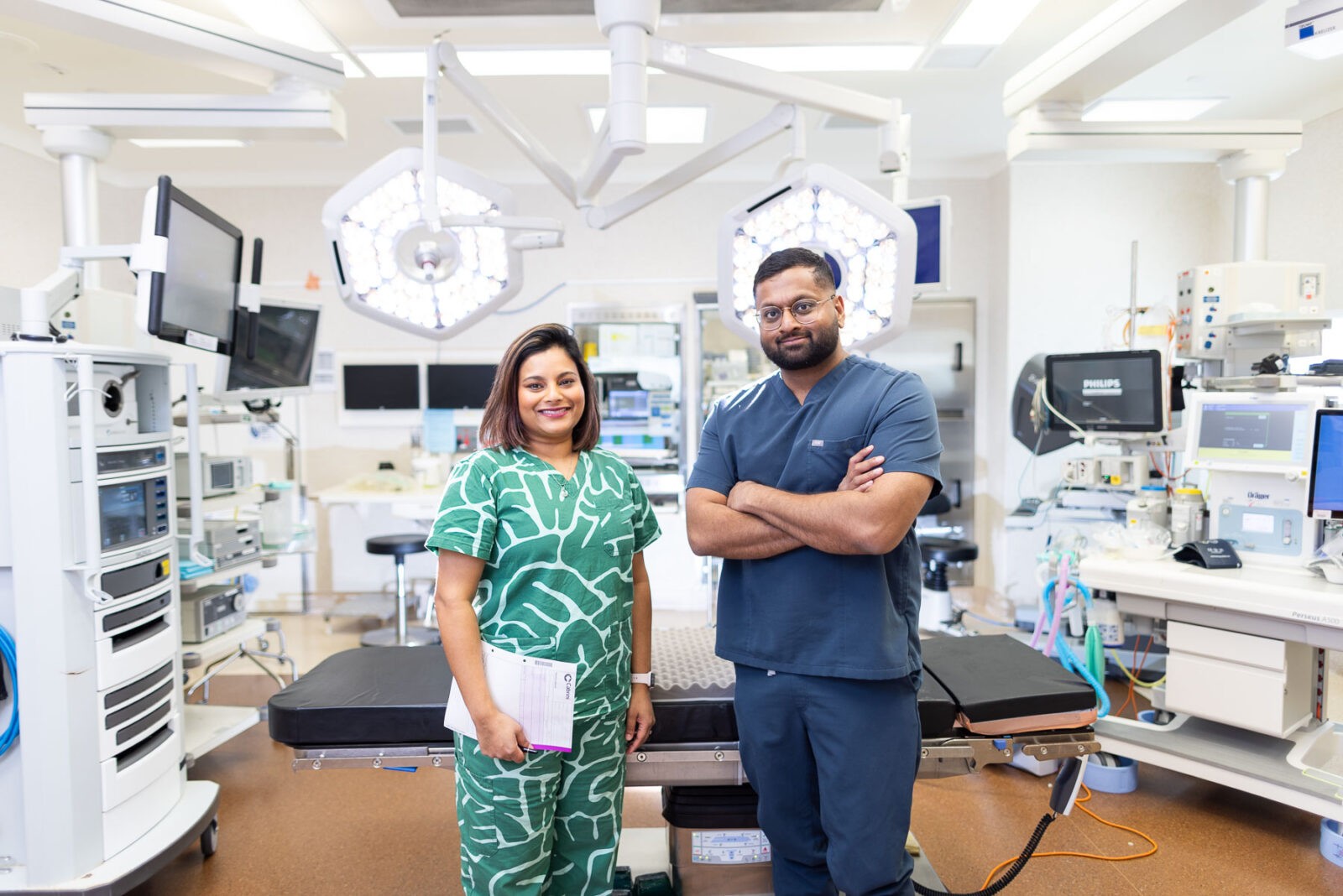Uterine fibroids are non-cancerous growths of the uterus that often appear during childbearing years. They are also known as leiomyomas or myomas. These growths are typically benign and vary in size and number.
Causes
The exact cause of uterine fibroids is unknown, but several factors may contribute, including genetic changes, hormonal imbalances (particularly in oestrogen and progesterone), and other growth factors.
Symptoms
Symptoms of uterine fibroids can vary based on their size, number, and location. Common symptoms include:
Risk Factors
Treatment Options
Treatment options depend on the severity of the symptoms and the size of the fibroids:
Endometriosis is a condition where tissue similar to the lining of the uterus grows outside the uterus, causing pain and potentially leading to infertility.
Causes
The exact cause of endometriosis is not well understood. Possible causes include retrograde menstruation, genetic factors, immune system disorders, and hormonal influences.
Symptoms
Risk Factors
Treatment Options
Adenomyosis occurs when the endometrial tissue, which normally lines the uterus, grows into the muscular wall of the uterus. This can result in an enlarged uterus and painful, heavy periods.
Causes
The exact cause of adenomyosis is unknown. It is thought to be related to invasive tissue growth, uterine inflammation, or developmental origins.
Symptoms
Risk Factors
Treatment Options
Uterine cancer is the most common cancer of the female reproductive organs. It primarily affects the lining of the uterus (endometrium) and is known as endometrial cancer.
Causes
While the exact cause of uterine cancer is unknown, several factors can increase the risk, including hormonal imbalances, genetic mutations, and lifestyle factors.
Symptoms
Risk Factors
Treatment Options
Uterine prolapse occurs when the uterus descends from its normal position into the vaginal canal due to weakened pelvic floor muscles and ligaments.
Causes
The main cause of uterine prolapse is the weakening of pelvic floor muscles and tissues, which can be due to childbirth, ageing, hormonal changes, or increased pressure in the abdomen.
Symptoms
Risk Factors
Treatment Options
Uterine conditions can significantly impact a woman’s quality of life and fertility. Early diagnosis and treatment are crucial for managing symptoms and improving outcomes.
Women in Australia are encouraged to seek regular gynaecological check-ups and consult their healthcare providers if they experience any symptoms related to uterine conditions.
With appropriate medical care and lifestyle modifications, many women can manage these conditions effectively and maintain a healthy reproductive system.









We are a general gynaecology and infertility treatment clinic based in Melbourne, dedicated to the latest minimally invasive gynaecological diagnostic and surgical techniques. We are leaders in laparoscopic and cutting-edge robotic surgery.
If you have a question about a condition or treatment, or would like to book an appointment, please get in touch.